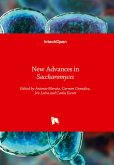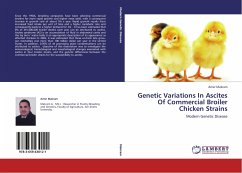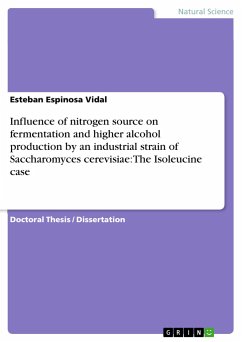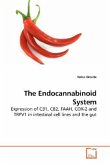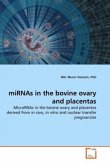Nowhere in science is the relationship between
fundamental and applied research as evident as in
yeast research. Saccharomyces cerevisiae is the yeast
responsible for alcoholic fermentation, and has been
used for centuries as mankind s oldest domesticated
organism in wine making, baking, brewing and
distilling. This species became the model organism par excellence , was the first eukaryotic genome to
be sequenced, and stands at the forefront of
molecular biology and functional analysis in genetics
and genomics. The market value of products derived
from fermentations with S. cerevisiae is expected to
increase much above the general market growth in the
future. This book presents an assessment of molecular
techniques for accurate genotyping of S. cerevisiae
strains and a three-years biogeographical and
population genetics survey of S. cerevisiae strains
from winemaking environments, for the conservation of
biodiversity and sustainable development of genetic
resources.
fundamental and applied research as evident as in
yeast research. Saccharomyces cerevisiae is the yeast
responsible for alcoholic fermentation, and has been
used for centuries as mankind s oldest domesticated
organism in wine making, baking, brewing and
distilling. This species became the model organism par excellence , was the first eukaryotic genome to
be sequenced, and stands at the forefront of
molecular biology and functional analysis in genetics
and genomics. The market value of products derived
from fermentations with S. cerevisiae is expected to
increase much above the general market growth in the
future. This book presents an assessment of molecular
techniques for accurate genotyping of S. cerevisiae
strains and a three-years biogeographical and
population genetics survey of S. cerevisiae strains
from winemaking environments, for the conservation of
biodiversity and sustainable development of genetic
resources.

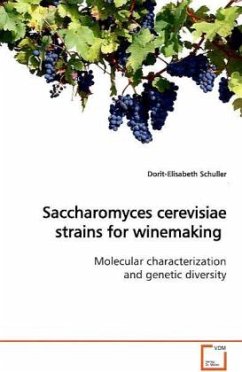
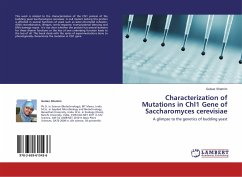
![[NSI+]: nowyj nehromosomnyj faktor Saccharomyces cerevisiae [NSI+]: nowyj nehromosomnyj faktor Saccharomyces cerevisiae](https://bilder.buecher.de/produkte/62/62705/62705398m.jpg)
